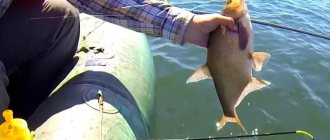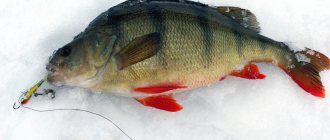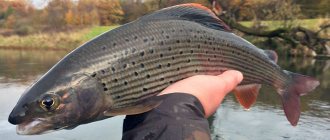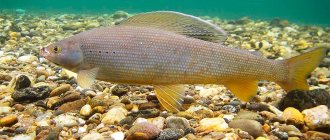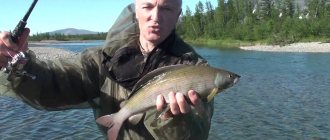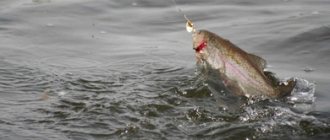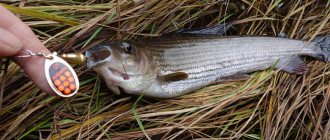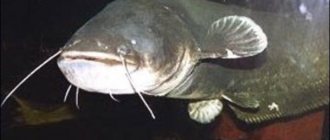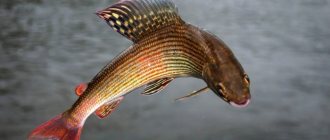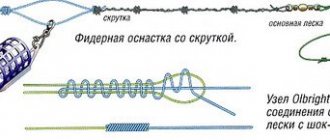Grayling fishing in autumn
Grayling fishing in autumn.
For many species of fish, an autumn drop in temperature is a signal that it is time to look for suitable places for wintering. Some heat-loving inhabitants of rivers and lakes stop pecking at the end of September, but grayling is definitely not one of them. He's used to the cold. The lower the thermometer drops, the better this fish feels. With the arrival of autumn, grayling begins to fatten, greedily grabbing any food, including fishermen's bait. Already in the first autumn month, aquatic plants slowly sink and die, depriving small fish of natural protection. She is forced to shift to depth. Small animals are also hiding somewhere. And since the food supply becomes poorer, the hungry predator’s appetite increases noticeably. That is why it is much easier to catch it on autumn days than in summer. The key to success in such fishing will be knowledge of the seasonal habits of the target, as well as the correct choice of gear and location.
Fishing methods
Grayling is well caught on surface baits (flies) that imitate fallen insects, so its fishing is very popular among fly fishermen.
Natural baits include caddis flies, worms, bloodworms, maggots, grasshoppers, and flies. A regular float rod is suitable for this purpose. Best places to cast:
- Small gyres under the rifts.
- Sandy or rocky sections of the river with a moderate current.
- Coastal channel holes at river bends.
We recommend reading: Taimen fish, description
In late summer and early autumn, grayling can be caught well on a spinning rod. The best baits are small spoons and wobblers.
As the autumn temperature cools, insects become less and less numerous and grayling move to deeper sections of the river, where they stay mainly near the bottom. During this period, it can be caught with bottom gear using caddis flies, worms or bloodworms.
